Download Blog Post (PDF) 119KB
By Estela Mara Bensimon and Eric R. Felix
California is among the first eight states to have banned affirmative action based on race. Yet, it is the only state with what is known as a Student Equity Policy—a policy that gives community colleges millions of dollars to address inequality in access, retention, degree completion, and transfer to four-year institutions. California created the Student Equity Policy out of its concern for “a permanent underclass” of mostly “underrepresented ethnic minorities” at community colleges, whose immense enrollments were not translating into degree attainment, and whose transfer rates were dismally low.[1] As Race and Ethnicity in Higher Education: A Status Report shows, disparities based on race and ethnicity within higher education, and especially public two-year institutions, are longstanding and persistent. For many, then, the Student Equity Policy has offered an opportunity for leaders in community colleges to address racial disparities and close equity gaps. The Student Equity Policy represents the potential for legislated racial justice and redressing educational inequality suffered by Latinx, Black, Native American, and marginalized Asian American groups.
Drawing on what we’ve learned from our deep engagement in the implementation of California’s policy, we want to discuss how to successfully respond to those who resist a focus on racial inequity. As more and more states consider equity as an imperative for higher education, advocates of racial equity need to be ready with persuasive arguments for prioritizing racial equity in educational outcomes.
Of course, policymaking that advances progressive ideas is especially vulnerable to challenges and compromises to accommodate competing interests. Some policymakers and institutional leaders are reluctant to adopt equity indicators like race or ethnicity because they seem inconsistent with the “color-blindness and equal treatment” models operating in today’s higher education system. For many, there is much greater comfort with defining equity in socioeconomic terms. In order to avoid conflict about who is in greatest need of equity, the tendency is to compromise and make equity all-inclusive of various differences, e.g., socioeconomic status, sexual orientation, and many other kinds of identities that could be a source of disadvantage. It has become very common for socioeconomic status to be pitted against racial equity—but there are ways to counter this.
The following four arguments provide a strong case for a focus on racial inequity as a policy priority:
- Racial inequity is the legacy of enslavement, Jim Crow laws, and the “separate but equal” doctrine that legally excluded Black students from higher education. No such legal barrier has ever existed for low-income students.
- Racial inequity has lasting economic and social implications. The results of racial inequity translate into higher unemployment rates, higher social services costs, lower voter turnout, lower income levels, and lack of health care. Racial inequalities jeopardize our nation’s ability to produce the degrees that secure our position in a global economy. By giving in to the pressure for color-blind policies in college access, retention, and graduation, we risk a weaker economy and a more polarized society.
- Financial aid policies exist already and are structured to remove barriers to college admission for low-income students. There is no widely used, analogous policy or tool that focuses specifically on improving access for racially minoritized students.
- Yes, race is a social construct. However, unlike income, it is immediately visible to the eye. And whether we like it or not, people make judgments—consciously or unconsciously—based on what they see. Race is visible; income is a status that is not immediately apparent to the eye, and can change over time. Moreover, access to college is more intensely stratified by race than by socioeconomic class.
There is no question that we are already seeing the results of years of inequity. Our country is more polarized than it has been for decades, and racism has become once more casual and overt. Our history of inequity may not be the sole cause of this, but it is certainly a key contributing factor. It is more important than ever that higher education leaders and policymakers have the courage to advance an agenda for higher education accountability for racially minoritized students. Instead of allowing racism to become increasingly more normalized, we must make racial equity the norm. A focus that aims to establish racial equity as a quality of leadership, teaching, and outcomes will benefit all students—and all society.

